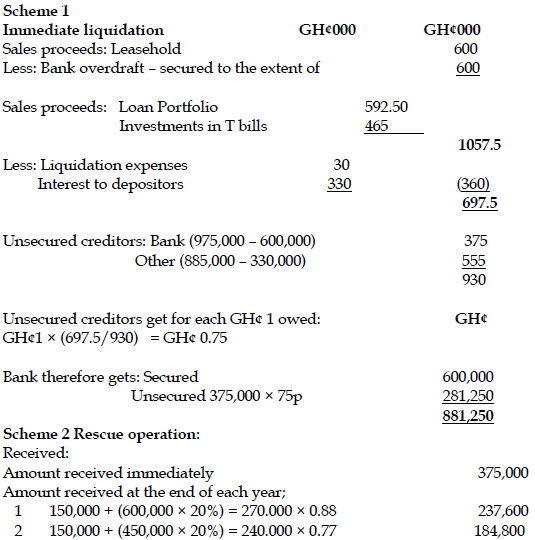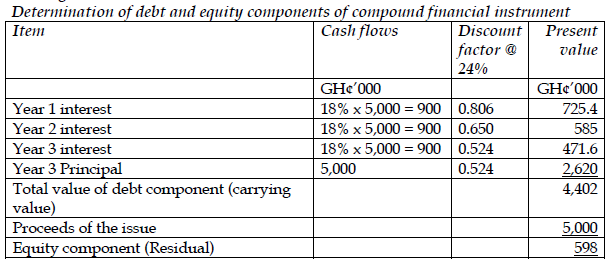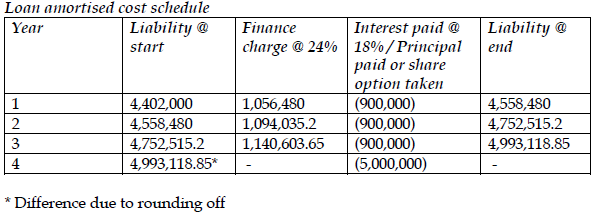May 2018 Q5 c.
In May 2008, the International Accounting Standards Board (IASB) issued the discussion paper Preliminary Views on an improved Conceptual Framework for Financial Reporting – The Reporting Entity (DP).The objective of the Reporting Entity phase, is to determine what constitutes a reporting entity for the purposes of financial reporting.
Required:
Identify and explain TWO different approaches to determining what a ‘reporting entity‘ should be for financial reporting purposes. (5 marks)
View Solution
Legal form
This is the most obvious way of determining a reporting entity, and, with the exception of consolidated financial statements, is the method generally used for reporting purposes. Sometimes however the substance of what constitutes an ‘entity’ may be different from its legal form. This is generally dealt with by applying the definition of control in IFRS 10.
Ownership
A reporting entity could be defined as all the property owned by a particular investor regardless of how that is distributed over legal entities. For example, an investor may have 3 different unrelated entities and an investment in, say, a joint venture. While not a group, combining these ownership interests together can be provide useful information for the investor.
Management
A management approach brings together all assets managed by the same party, again regardless of how distributed over legal entities. This can be useful from an investor’s point of view in order to assess how effective management of resources by the same party is. This is the approach used in IFRS 8 for segment reporting, for example.
(Marks awarded for other logical approaches as well, e.g. ‘control’ approach or ‘end user’ approach)









